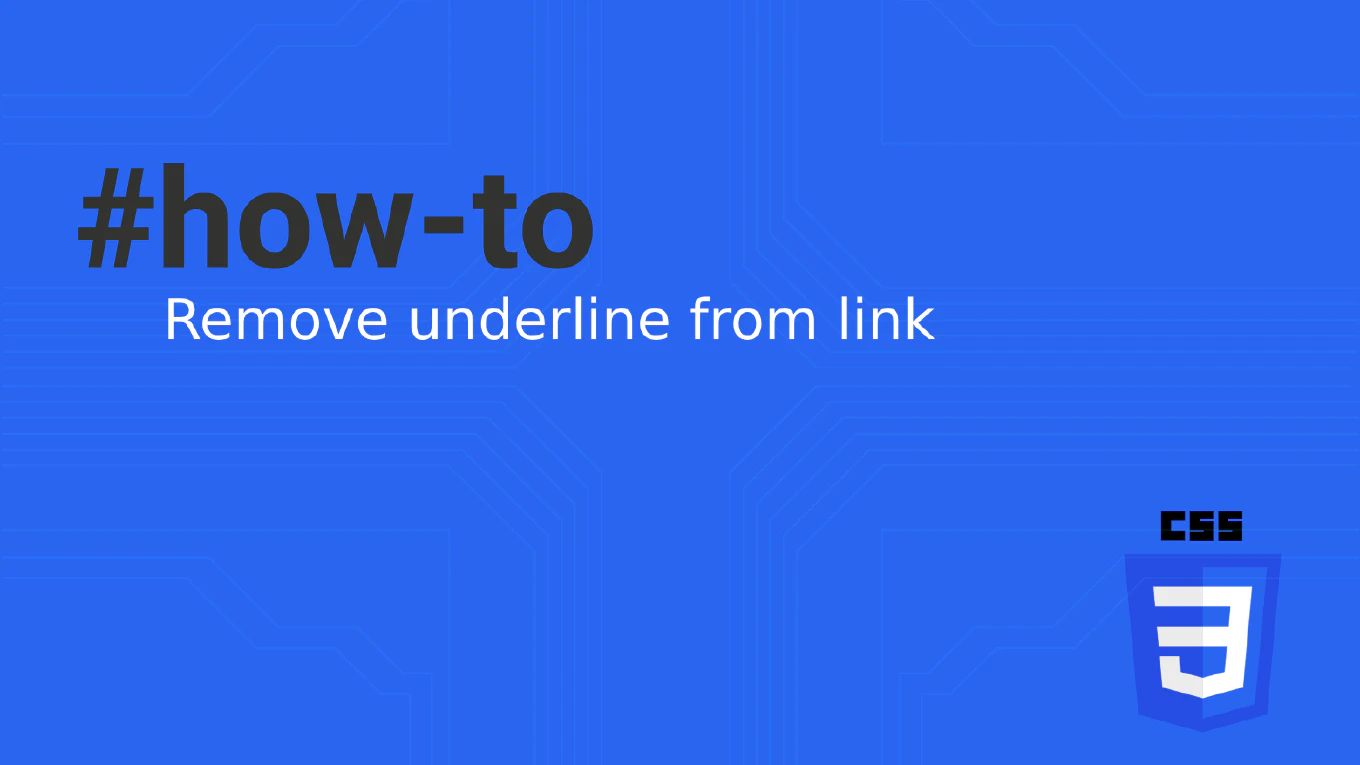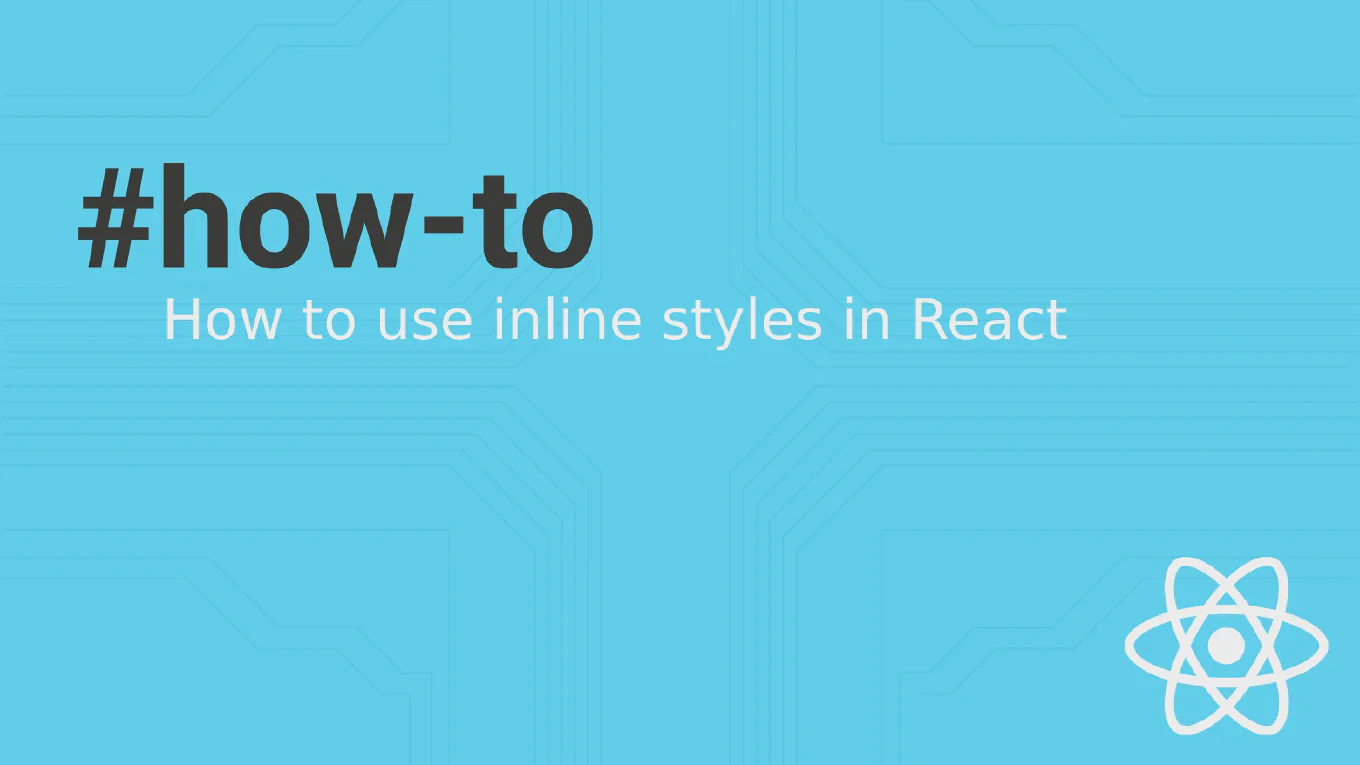How to set breakpoints in JavaScript
Setting breakpoints allows pausing JavaScript execution at specific lines to inspect variables, examine call stacks, and step through code for effective debugging.
With over 25 years of experience in software development and as the creator of CoreUI, I’ve used breakpoints extensively for troubleshooting complex logic, performance analysis, and understanding code flow.
From my expertise, the most versatile approach is using the debugger statement in code or setting visual breakpoints in browser developer tools.
These methods provide precise control over execution flow and comprehensive debugging capabilities.
Use the debugger statement in code or click line numbers in developer tools to set breakpoints.
function calculateTotal(items) {
let total = 0
for (const item of items) {
debugger // Execution will pause here when DevTools is open
total += item.price
}
return total
}
Here the debugger statement creates a breakpoint that pauses execution when browser developer tools are open. Alternatively, open DevTools Sources panel, navigate to your JavaScript file, and click on line numbers to set visual breakpoints. When execution reaches a breakpoint, you can inspect variable values, examine the call stack, and use step controls (step over, step into, step out) to navigate through code execution line by line.
Best Practice Note:
This is the same approach we use in CoreUI development for debugging component lifecycle, event handlers, and data processing logic. Remove debugger statements before production deployment, and use conditional breakpoints in DevTools for advanced debugging scenarios that only trigger under specific conditions.







